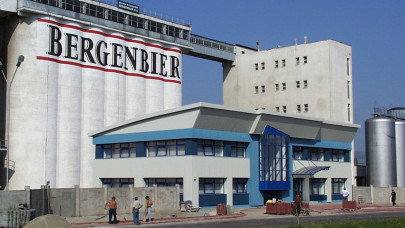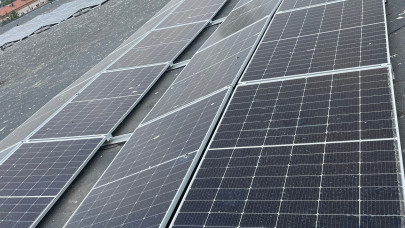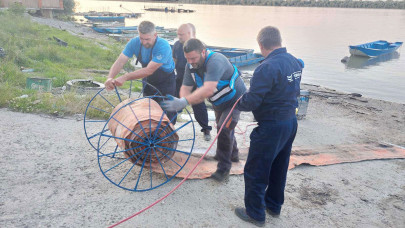Smartvatten, the leading water data provider, has published its fourth Annual Water Report, analysing water usage and conditions in residential and commercial buildings. The report draws on proprietary water consumption data from 5,370 properties in 36 countries monitored continuously for more than 24 months. Additionally, the report utilises global water price and resource data.
Smartvatten's report shows that nearly 772 million litres of water were lost to leakages over the course of a year, an estimated cost of at least 3 million euros. On average, each leak resulted in over 13,000 liters of wasted water, with the biggest incident causing water loss of 18,8 million liters – increasing financial strain and raising safety concerns for homeowners.
Hospitality properties are the leakiest, averaging 22 leaks per year and 485,000 liters lost annually. Although they represent just 4.5% of properties, they make up 11% of total leak volume due to continuous use and delayed detection. Retail and office spaces frequently experience moderate leaks due to complex plumbing and nighttime inactivity. However, a quick intervention can prevent over 230,000 liters of annual loss. Sports facilities have the largest leaks per incident, averaging 33,000 liters, often because idle periods let leaks go unnoticed.
Industrial sites see fewer but larger leaks, often from aging infrastructure and machinery.
Healthcare facilities lose 130,000 liters yearly, 77% of which stems from long-term leaks, making real-time monitoring critical. Residential properties report the highest number of leaks, though most are relatively minor, highlighting the need for tenant awareness and preventive maintenance.
Meanwhile, the report also shows how water prices have risen all across Northern Europe. In the UK, for example, costs increased by more than 8 percent year-over-year. The average increase in Europe is close to 10 percent higher between 2023 and 2024, compared to a general inflation rate of 4-5 percent in most of the region.
This upward trajectory in prices can be directly attributed to factors such as new tariffs, water scarcity, and aging infrastructure, which present significant challenges for both households and enterprises alike. Water scarcity affects various river basins across the EU, where urban population density and water abstraction for public supply, energy, and industry are significant factors. Over the last decade, droughts have also increased in frequency and severity, impacting seasonal water availability.
“Climate change, pollution, and an ever-increasing population are profoundly changing the European water landscape. Water shortages have already led to property devaluation across Northern, Central and Southern Europe, and investors are now prioritizing sustainable assets that mitigate these risks. Both the European Union and the United Kingdom have introduced legislation demanding careful management and transparent reporting when it comes to water, and the EU just adopted the first-ever Water Resilience Strategy, highlighting that a serious focus on sustainable water management is urgently required,” says Karl Jepsson, Chief Strategy & Product Officer at Smartvatten.
Real-time monitoring of water consumption has a measurable impact: according to the report, properties equipped with modern water consumption monitoring systems collectively saved over 1 million liters of water. In addition to reducing water waste, water monitoring can significantly lower a property's energy bills.
Smartvatten's report also details the energy-intensive process behind producing clean water. Before reaching the tap, water must be extracted, purified, transported, and distributed -- each step consuming energy. After use, it must be treated before safely re-entering the natural water cycle. Households further increase energy demand by heating water: around 40% of household water use is hot, with higher temperatures requiring more energy.
Reducing water consumption directly lowers energy costs. On average, a 20% reduction in water use results in approximately 5% lower energy bills. With rising water and energy prices, cutting water waste is an increasingly effective way to save money and reduce environmental impact.
“Real estate owners can save hundreds of thousands of euros annually by taking water consumption and leakage prevention seriously. Regulations will not ease, water scarcity is not getting better, and infrastructure keeps aging – the time to act is now to ensure we have fresh water in the future,” Jepsson concludes.













